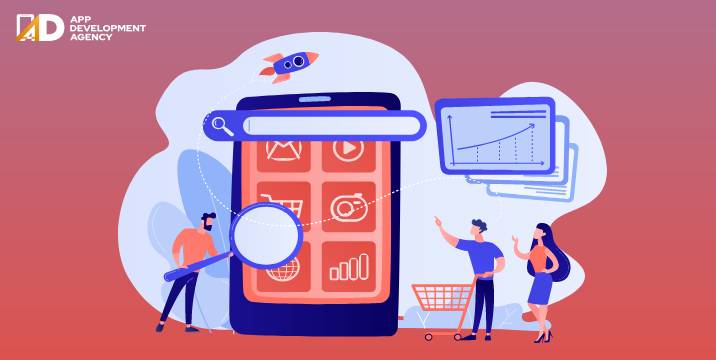Gist on eCommerce marketplace models!
The information in this report has been collected through secondary research after referencing Media Reports, Press releases, Business Standard, Economic Times, LiveMint, Times Now, Times of India. It is true to our best knowledge (updated December 2021), but we are not responsible for any discrepancies in the same.
The eCommerce industry impacts micro, small, medium enterprises (MSMEs) by providing technology, financing, and training and cascading the favorable effect over to other industries. India in particular has been on an upward trajectory and is expected to surpass the US, becoming the second-largest ECommerce market in the world by 2034.
Technology has enabled innovations like hyper-local logistics, digital payments, analytics-driven customer engagement, and digital advertisements, to support the growth in the sector. The growth of the electronic commerce industry also boosts employment, increases revenues from export, provides the best products and services to the customers, and increases tax collection by exchequers in the long term.
This growth is indorsed by an equivalent smartphone usage, which will reach approximately 859 million by 2022. The Indian e-retail industry is projected to exceed approximately 300-350 million shoppers, stimulating the online Gross Merchandise Value (GMV) to US$ 100-120 billion by 2025.
According to Bain and Company, India’s social commerce gross merchandise value (GMV) was evaluated at US$2 million in 2021 and is expected to reach US$20 billion and US$ 70 billion by 2030, due to high mobile usage and penetration of the internet.
IAMAI and Kantar Research expect Indian Internet users to reach 900 million by 2025 with an annual compound growth rate of 45%.
The government of India started many initiatives like Digital India, Start-up India, Make in India, Innovation Fund to support the growth of ECommerce in the country.
Retail eCommerce was estimated at four and a half trillion USD and the corresponding revenue is projected to grow to five and a half trillion USD in 2022. The compound annual growth rate is expected to grow at 11.11% by 2025, and the average revenue per user (ARPU) is expected to grow at USD 1,017.20.
A business model is the monetization strategy – how a business should plan its resources, workouts to earn profit and minimize losses. There are six such combinations:
(1) Business to Consumer (B2C),
(2) Business to Business (B2B),
(3) Business to Government (B2G),
(4) Business to Business to Consumer (B2B2C),
(5) Consumer to Consumer (C2C), and
(6) Consumer to Business (C2B).
Let’s discuss each one of these in detail.
Five best approaches that businesses follow to endure and sustain their eCommerce businesses:
After a succinct understanding of the types of eCommerce business models and how they work, you can start relying on the three criteria that impacts you to move ahead – Understand your customer’s preferences, know their profiles, Understand their value proposition, interpret their business strategy, sell your products and services in a way that makes sense for your customers. Once you identify your target audience and the business model that serves your current and potential user base, assemble the correct eCommerce infrastructure and marketing tactics to calibrate your business and maximize revenue. Follow this space for relevant information on B2B, B2C, B2B2C business models.

What are the latest e-commerce website development trends? Why do I need to know?
Read More
How you strategize the implementation is way more important than the size of your e-commerce solution. From researching top e-commerce trends to zeroing on an ideal e-commerce website development company, the path ahead is long but worthy! What is an E-commerce website? E-commerce business involves digital sales and purchases through secure payment gateway integration/digital payment …
Continue reading “How to Go About Creating an E-Commerce Brand?”
Read More